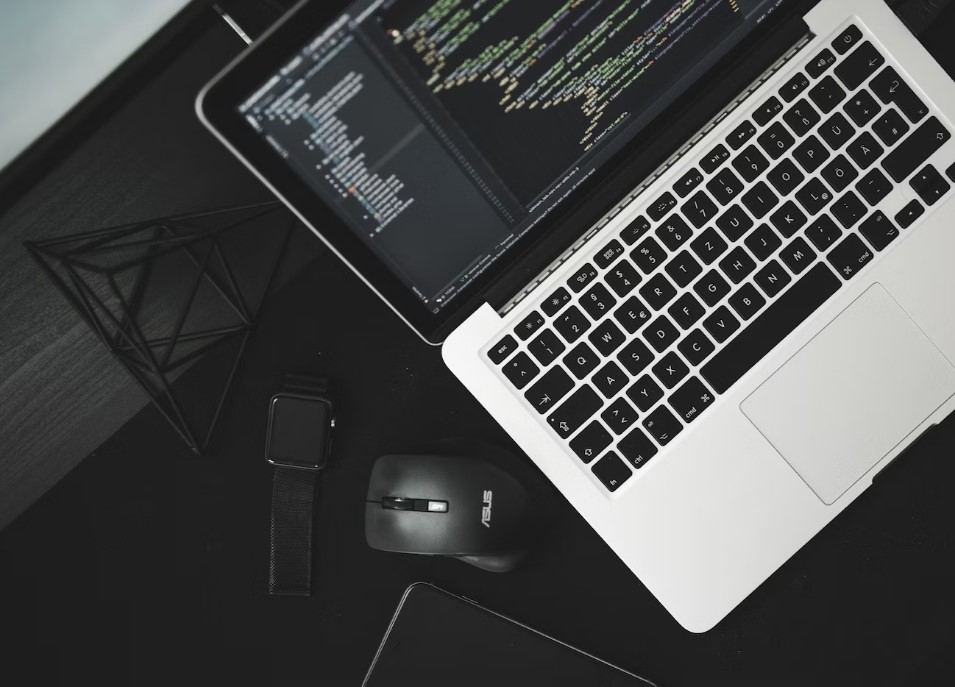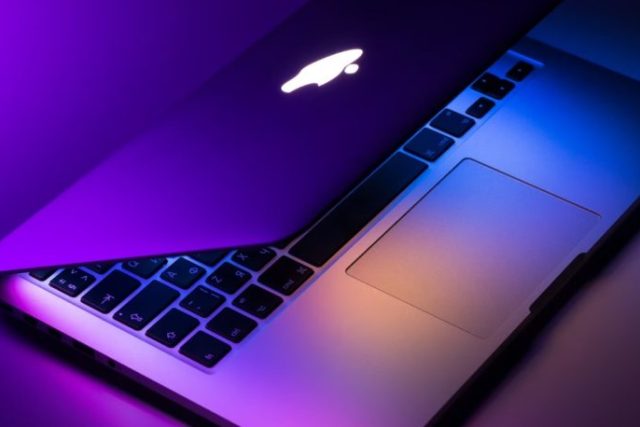There are various methods available to you for charging your MacBook, such as power banks or solar chargers. Keep in mind that some of these temporary solutions should only be utilized when your Mac’s battery has run low without access to its charger, as these solutions could potentially harm or destroy it over time.
1. Use a USB-C Charger
If you want the fastest possible way of charging your computer, using a USB-C charger specifically tailored for Mac is the optimal way. These adapters can be purchased directly from Apple or from third-party vendors; just make sure it supports 100W Power Delivery (PD). This is the maximum charge speed possible on a MacBook.
If your computer supports it, a USB Type-C phone charger could potentially charge it as well; however, this option should only be considered as it will provide limited power and could damage internal components; charging using this method likely results in slower rates.
If your MacBook is showing “plugged in but not charging” errors, try plugging it into a power outlet on a different circuit or using an UPS (uninterruptible power supply). Sometimes cables become loose over time and stop detecting that its charge has been applied – in such instances reversing MagSafe cables may help.
Last, make sure that your USB-C charger doesn’t become too hot to touch. If this occurs, consider switching out for one that utilizes Gallium nitride technology; these materials have thinner profiles and are more heat-resistant, enabling more compact chargers.
2. Use a Power Bank
If you find yourself taking your computer with you on a frequent basis, a power bank could provide extra insurance should a low battery alert pop up; plus it could also extend battery life for longer.
Your computer can be charged using any standard USB-C bank, but to maximize efficiency it’s essential to choose one with enough wattage – specifically at least 140W fast charging for optimal results. A power bank that meets these criteria should quickly charge your computer in no time at all!
Consideration should also be given to the capacity of your bank, measured in milliampere hours (mAh). A higher mAh rating means longer battery life and faster charging for your MacBook. Safety features like temperature sensing and over/under voltage protection must also be carefully considered when choosing your power bank.
3. Use a Solar Charger
One method of charging your computer without an AC adapter is using a solar charger. These chargers use solar panels to convert sunlight into electricity for your laptop. Although tricky, this alternative charging option can help get the job done if no electrical outlets are available nearby.
Solar charging can be an efficient and eco-friendly way to power up your MacBook on the go, especially during emergency situations. However, this method should only be used intermittently. Just Google “is it bad to leave my MacBook charging overnight” see how many people used one of these devices and ended up with problems. Overcharging from these third party devices will damage your battery and lead to it short circuiting over time – specifically with camping styles.
Solar chargers should include both USB ports compatible with your computer as well as a USB-C port to accommodate newer computer models with this type of connector. They should also be lightweight and portable so you can take them with you when traveling.
A standard MacBook solar charger converts AC from a wall outlet into DC to charge your laptop battery and run its internal circuitry. AC is created through motive power generation from generators at an outdoor location and then distributed directly into homes through AC transformers.

4. Use a Power Adapter
When charging your MacBook, it is always advisable to use the original power adapter provided with it. This ensures you’re using an optimal charger and cable combination tailored specifically for battery health and can help protect you against potential damages from third-party chargers.
This method can also be useful if you’re traveling and need a way to charge your MacBook in another country as usually airports have adapters. Simply make sure that your power adapter matches the type of electrical outlet found there; select one with an integrated locking mechanism so it won’t accidentally unplug itself while charging it.
As I said before, if you need an alternative way of charging your MacBook, banks may provide the perfect long-term solution. Not only will this extend battery life (which you can learn about here) but their use can be more convenient than an external charger; however, beware that too frequent usage could harm your battery’s health.
Monitor your laptop’s battery charge levels with apps like Batteries and Endurance Pro to increase battery life, and avoid fully discharging. Lithium-ion batteries degrade with each full charge cycle, shortening their lifespan significantly; accordingly, Battery University suggests maintaining your charge between 30%-80% at all times to prevent overheating and extend its lifespan.



The Most Read
Сryptocurrencies
Bitcoin and Altcoins Trading Near Make-or-Break Levels
Financial crimes
Thieves targeted crypto execs and threatened their families in wide-ranging scheme
Financial crimes
Visa Warning: Hackers Ramp Up Card Stealing Attacks At Gas Stations
News
Capitalism is having an identity crisis – but it is still the best system
Uncategorized
The 73-year-old Vietnamese refugee is responsible for bringing Sriracha to American consumers
Uncategorized
Electric Truckmaker Rivian, Backed By Amazon, Ford, Raises Whopping $1.3 Billion